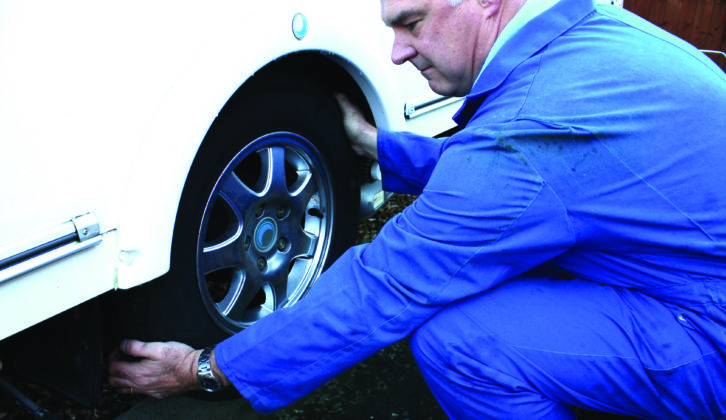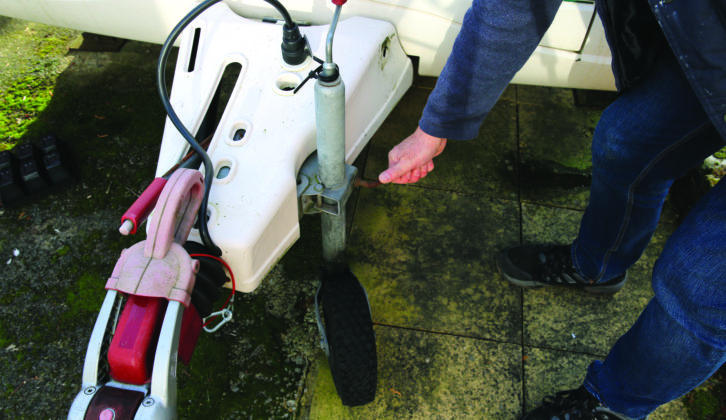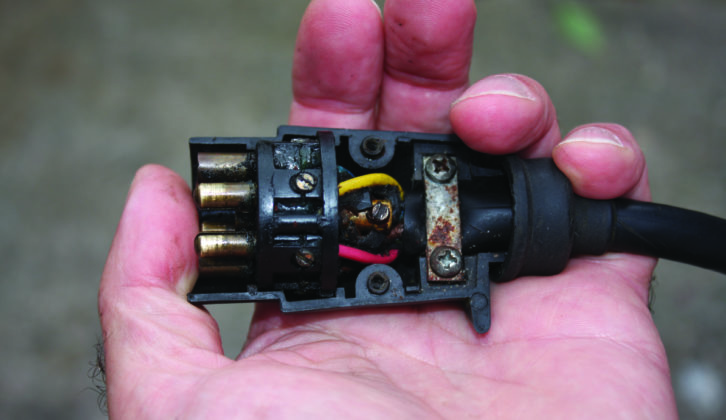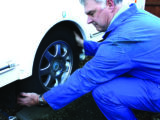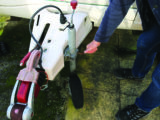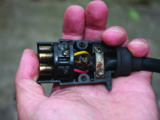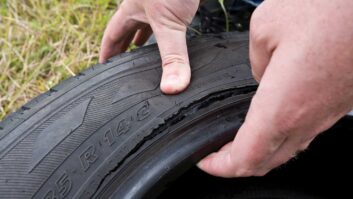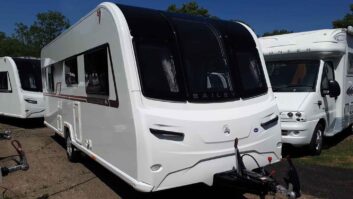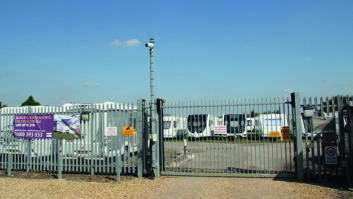After any spell off the road, especially one this long, your caravan needs a once-over before you travel.
As I write, we are all looking forward to getting out and about again with our caravans, some of which won’t have turned a wheel for a while.
The last trip our van took was to the dealership for some warranty work and its annual service, so at least when we collect it, we know it should be safe to tow and use.
But after any period out of action, caravans need checking over, to ensure that right from the start, those longed-for trips all run smoothly.
Basic maintenance
There are a number of simple checks that you can do before you go. If the caravan has been standing for a long time, jack up each side in turn (with the wheel safely chocked and the corner steadies down), release the handbrake and ensure that the wheels rotate freely.
Check the date stamp on the tyres (if they’re over five years old, consider changing them) and look for any cuts, bulges or general degrading. If there is any doubt, change them.
With the wheels on the ground, check the wheel-bolt torque settings, and finally, inflate the tyres to the correct pressures. Don’t forget to check the spare, and make sure you can slide any carrier out.
Next, fully wind the corner steadies up and down. They should work smoothly and easily. If not, clean and lightly lubricated the winder thread and work the lubricant by winding them up and down a few times.
Now, with the corner steadies down, wind the jockey wheel up and down a couple of times, and release the clamp holding it in place to ensure all is free.
From the front, push back on the hitch. There should be a lot of resistance. If there isn’t, the hitch damper is likely to have failed, which needs sorting out before you hit the road.
Check that all of the external locks work properly and lightly lubricate them.
Next, if you can, connect the electrical sockets from the van to the tow car and check all of the road lights are working. Any flickering between lights would suggest a poor earth contact somewhere. If there is, the first place to look is the plug from the caravan, especially if it’s the older style seven-pin 12N plug.
Ensure your leisure battery is fully charged, then check that lights and so on in the caravan are all working as they should.
Test the mover, to ensure that everything is functioning.
If you can, connect water to the caravan, fill and flush the system, and check the water heater works (on both gas and electricity, if you can hook up). Drain the water after testing.
Take out the toilet cassette and check that the blade opens properly. A squirt of silicone spray or a smear of grease on the seal is a good idea, too. Then, with the cassette in place, put some fresh water into the flush and ensure it is working.
Again, if you can connect to mains electricity, check that the fridge is operating correctly on both mains and gas supplies (remember that in most cases, it will only work on 12V when connected to the car and with the engine running).
Check that all of the burners on the cooker (including the grill and oven) ignite and burn with a nice blue flame.. If any are yellow, you have a problem, so do not use the cooker until it has been checked professionally.
Now, check that the heating works properly, on both gas and mains if possible.
Open all of the windows and ensure that the rubbers are undamaged. A quick wipe with a rubber lubricant will help to keep them in good condition.
Finally, give the van a good clean, inside and out.
If you carry out all of the above checks, you can be pretty confident everything will work when you go on your first trip, and above all, that you should be safe. Of course, these checks are in addition to having your van regularly serviced.
Watch your speed
One last tip, especially after such a long spell off the road. Speed limits are just that: limits, not targets. Any fool can drive quickly, but what happens when something goes wrong?
The classic motorway incident is when you’re going downhill, the speed creeps up and the caravan starts to snake (swaying from side to side).
If you’re at the top of a hill, hold back before thinking about overtaking. It’s surprising how quickly you might reach the threshold of stability. Most cars are fine towing at 60mph, but it’s possible that the outfit could become unstable very quickly – if in any doubt, drop your speed to stay safe on the road.
Future Publishing Limited, the publisher of Practical Caravan, provides the information in this article in good faith and makes no representation as to its completeness or accuracy. Individuals carrying out the instructions do so at their own risk and must exercise their independent judgement in determining the appropriateness of the advice to their circumstances. Individuals should take appropriate safety precautions and be aware of the risk of electrocution when dealing with electrical products. To the fullest extent permitted by law, neither Future nor its employees or agents shall have any liability in connection with the uses of this information. You should check that any van warranty will not be affected before proceeding with DIY projects.
